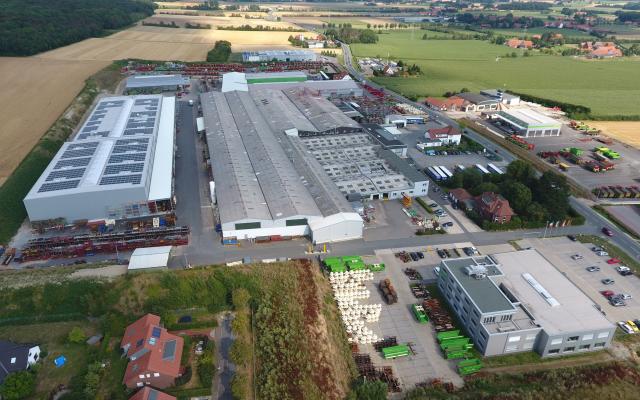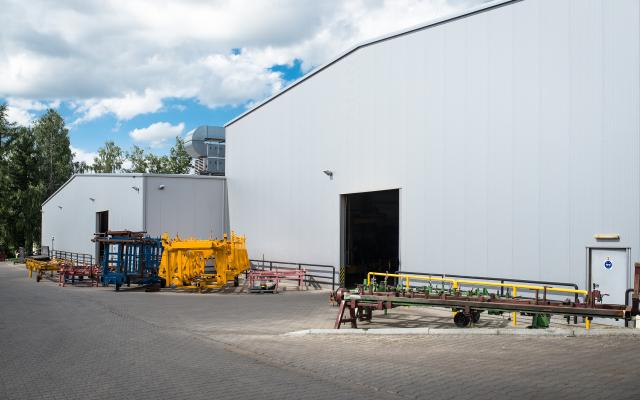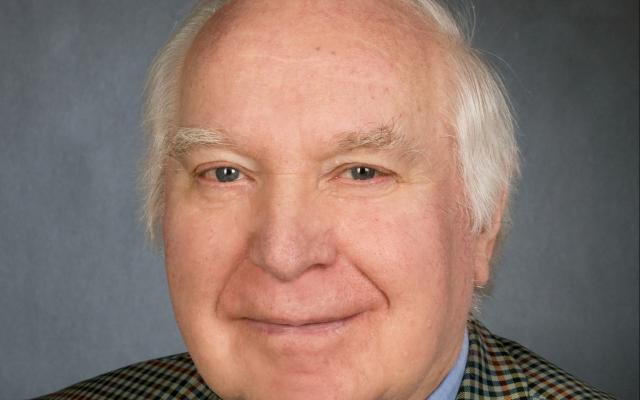History
Originating from a village forge, the Strautmann company has evolved into one of the leading businesses in the agricultural engineering industry in the last 85 years. Nowadays, the company produces a wide range of feeding and transport technology products at three locations and sells its machines almost all around the world.
2012 - 2019
2019
Start-up of the Strautmann surface technology.
2018
Launch of the test and development centre.
2017
Felix Rademacher joins the management.
Construction of a new administration and exhibition building in Bad Laer.
2015:
The Winkelmann Group from Ahlen obtains the heating and building technology segment from Strautmann by means of a strategic acquisition, while Strautmann focuses on agricultural engineering and environmental technology.
Strautmann Hungaria becomes part of the Strautmann Group.
2012:
Expansion of the production areas by 3,000 m².
2000 - 2011
2011
The 4th generation takes responsibility in the company. Philipp Strautmann takes over the management of Pol-Strautmann and becomes a member of the management board of B. Strautmann & Söhne.
2010
Introduction of the CFS system into the forage wagon series
2000
The first Verti-Mix SF model is sold.
1967 - 1994
1994
Development and production start of the vertical Verti-Mix fodder mixing wagons.
The 3rd generation with Wolfgang, Klaus Peter and Heinz-Bernhard Strautmann takes over the management of the business.
1990
Foundation of the POL-Strautmann company in Lwówek, Poland. Production of tipping trailers and welded assemblies, later of Silotrailer models there.
First silage wagon, Strautmann becomes the trendsetter here.
1974
Development of the first forage wagon with dosing unit LBF 740.
1967
Development of the first equipment for picking up silage.
After development of the diffusion-free plastic foil, the flat silo finds acceptance throughout Northern Europe. As a pioneering company in this segment, Strautmann presents the first equipment for picking up and distributing silage.
1951 - 1963
1963
Development of the first Ladeblitz forage wagons. Due to the large quantities, assembly lines are also introduced in the forage wagon production shortly afterwards.
1957
17/02/1957 Move to the current premises.
1954
Development of the first manure spreader. By 1956, assembly line production of the Streublitz manure spreaders is introduced. Sale of 200 spreaders a year.
1951
Foundation of a general partnership by Bernhard Johannes Strautmann and his three sons Hermann, Heinrich and Bernhard Strautmann.
1885 - 1947
1947
The product portfolio is supplemented by knife grinding machines and hoeing equipment by 1947. World War II caused an interim operational setback, which had to be borne by the 25 members of staff at that time.
1930
Purchase of the bankrupt Carl Hagedorn agricultural machinery business in Laer for 32,000 Reichsmark by the master blacksmith Bernhard Strautmann. Here, the production of agricultural equipment such as drag rakes, potato mashers as well as beet and straw cutters starts. This business is operated under the name "Fabrik landwirtschaftlicher Geräte" (note of transl.: Factory of Agricultural Equipment).
1912
Takeover of the parents' forge in Winkelsetten, where horses are shoed, cartwheels are manufactured and structural iron is forged.
1885
The company founder Bernhard Johannes Strautmann is born in Winkelsetten near Laer on 20/09/1885. After learning the blacksmith's trade with the Hagedorn company in Bad Laer and several years as a journeyman, Bernhard Johannes Strautmann returns to Laer shortly before World War I and takes over the parents' forge on the family farm in Winkelsetten.
























